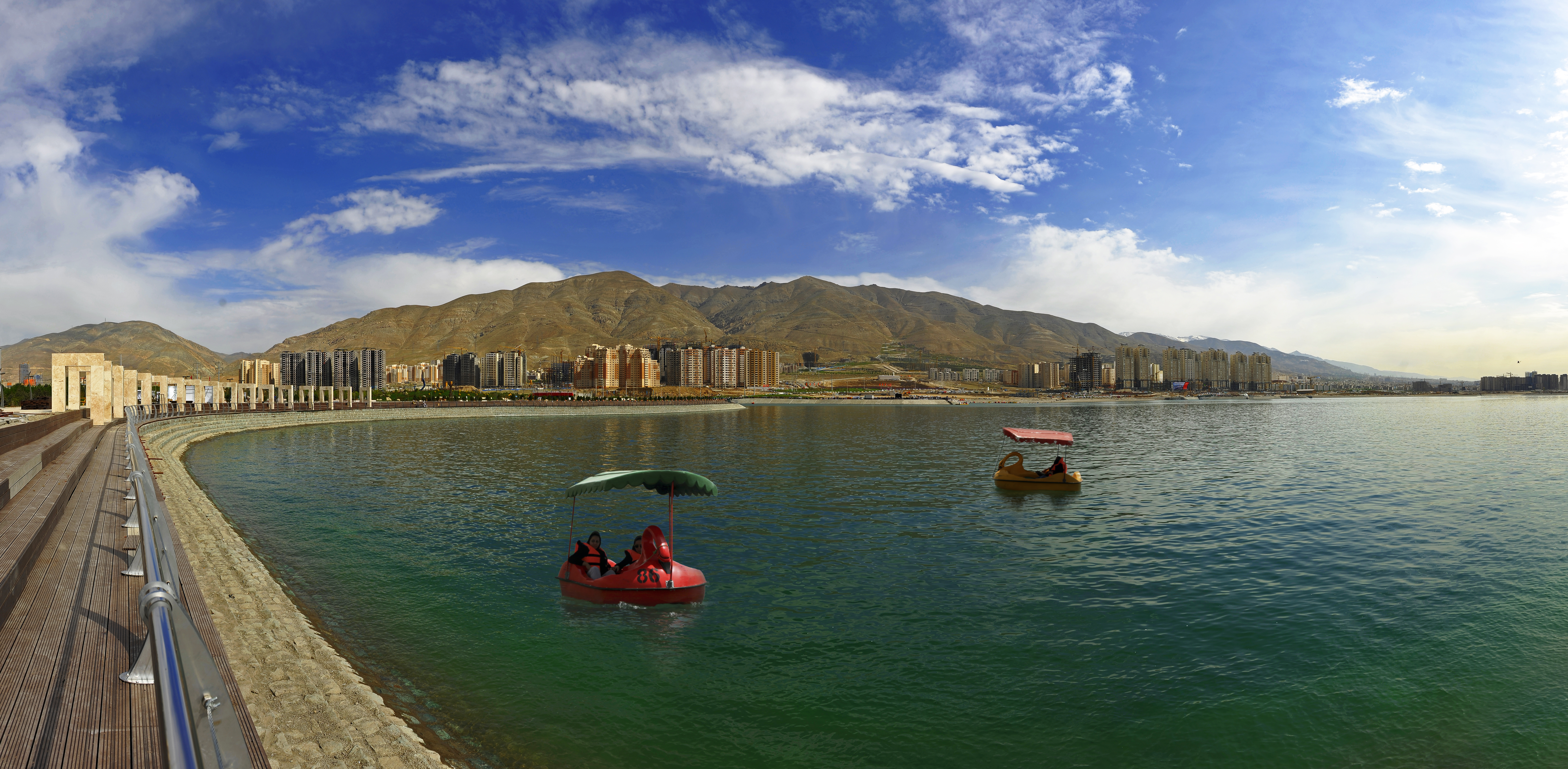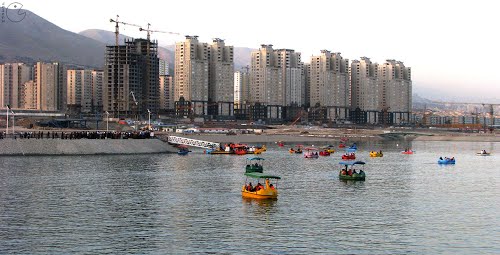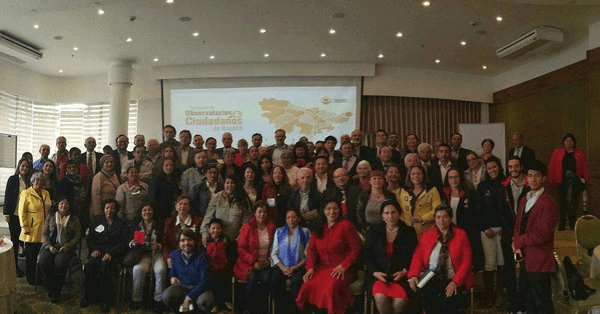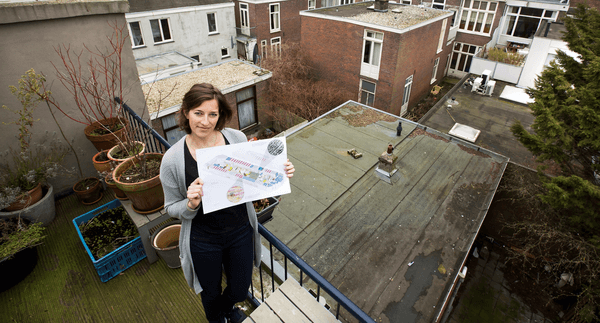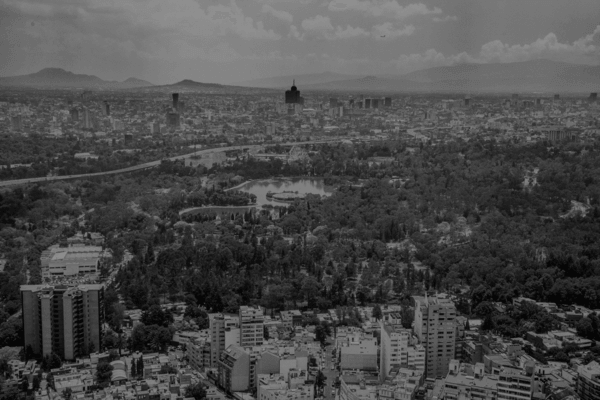City
Tehran
Main actors
City Government
Project area
Metropolitan Area
Duration
2010 - 2013
The Persian Gulf Lake provides a new social and recreational area for the residents of Tehran, as well as for international visitors.
The artificial Lake complex in Tehran consists of an area of 257 hectares, including a harbor area of 125 hectares. Following its construction, this complex has become a popular recreational area of regional and international relevance. The western area of the Lake has already been inaugurated, attracting about 30.000 visitors each week.
Before the construction works began, the former location was used to collect garbage and building debris. Consequently, surface water and urban swage made this place unhealthy. Moreover, because of the existence of soft soil at that location, a great amount of dust was regularly released on windy days, causing air pollution and nuisance for citizens of this urban region.
The new lake now operates as a center for social, cultural and recreational activities for different community groups, including children, young people, elderly and disabled persons. The existence of the new Lake has positive environmental effects on the region, providing Habitat for aquatic life and land animals. The construction process contributed improving local policies in regards to building permissions, and enhancing more coordination between the actors involved.
Tehran Golden Adobe Award for Urban Management
This project was awarded the 'Tehran Golden Adobe Award for Urban Management' in 2015.
On Map
The Map will be displayed after accepting cookie policy
